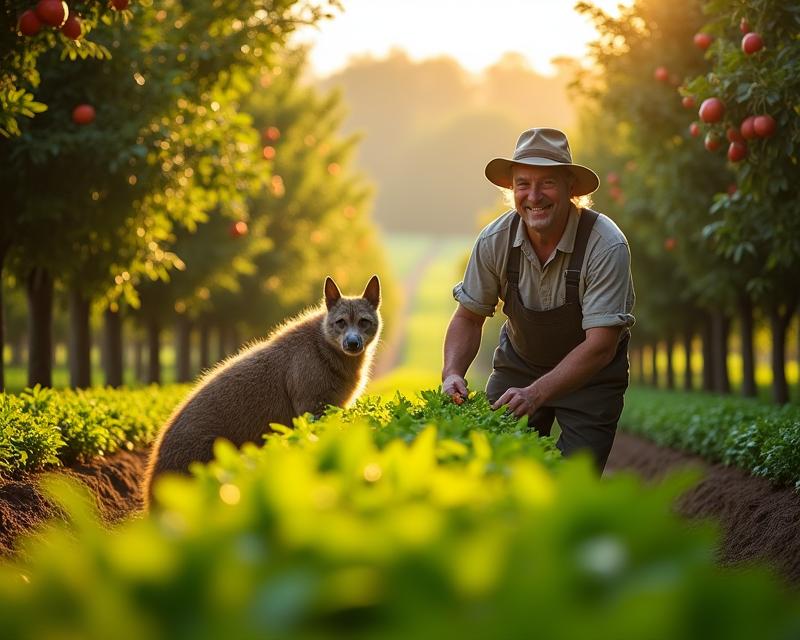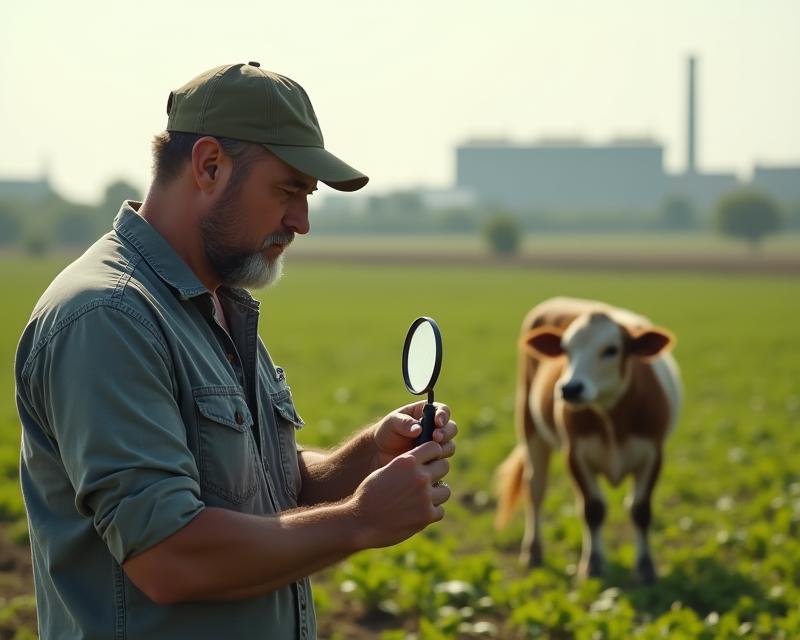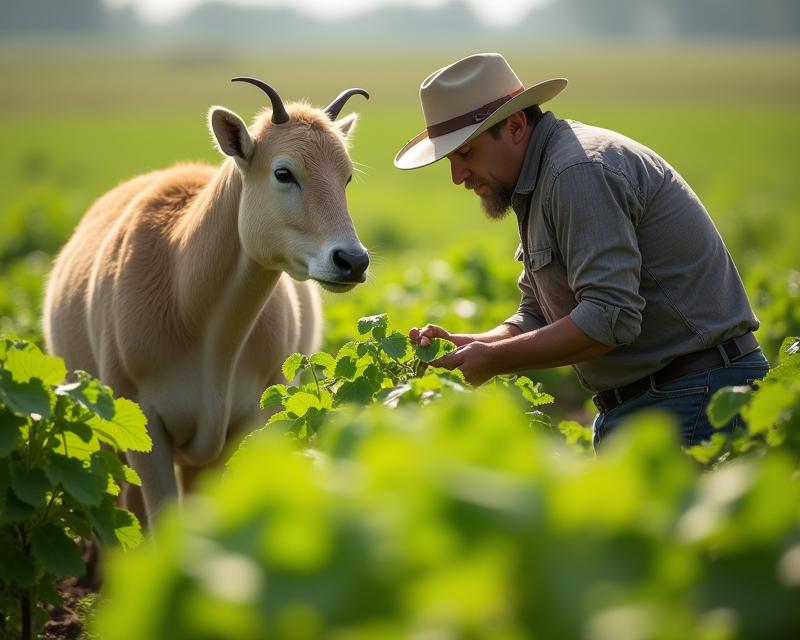Agroforestry: Trees & Crops Thrive Together
Publish in Sustainable Farming el 28/06/2025 22:18
Agroforestry: Combining Trees and Crops for Better Yields
Agroforestry, an ancient land management system, is gaining renewed attention as a powerful tool for sustainable agriculture. It involves intentionally integrating trees and shrubs with crops and/or livestock on the same land. This isn't just about planting a few trees in a field; it's a carefully planned system designed to create a more resilient, productive, and environmentally friendly farm. The benefits are far-reaching, impacting everything from soil health to biodiversity and farmer income.

The Benefits of Integrating Trees
One of the primary advantages of agroforestry is improved soil health. Tree roots help to prevent soil erosion, while leaf litter and decaying organic matter enrich the soil with nutrients. Trees also enhance water infiltration and retention, reducing runoff and the risk of drought. Furthermore, trees can fix nitrogen from the atmosphere, acting as a natural fertilizer for crops. This reduces the need for synthetic fertilizers, lowering input costs and minimizing environmental impact. The shade provided by trees can also benefit crops, particularly in hot climates, reducing water stress and protecting them from intense sunlight.
Diverse Income Streams & Enhanced Biodiversity
Agroforestry systems offer farmers diverse income streams. Beyond the crops grown, trees can provide timber, fruits, nuts, medicinal plants, and other valuable products. This diversification reduces reliance on a single crop and provides a buffer against market fluctuations. The presence of trees also creates habitat for wildlife, increasing biodiversity on the farm. This can lead to natural pest control, pollination services, and a healthier ecosystem overall. A thriving ecosystem is a more resilient and productive farm.
Getting Started with Agroforestry
Implementing agroforestry doesn't have to be daunting. Start small by incorporating trees into existing fields or along field edges. Consider different agroforestry systems, such as alley cropping (growing crops between rows of trees), silvopasture (integrating trees with grazing livestock), or forest farming (cultivating crops in a forest understory). Consult with local agricultural extension agents or agroforestry specialists to determine the best approach for your specific location and farming goals. With careful planning and management, agroforestry can transform your farm into a more sustainable and profitable enterprise. It's a win-win for both the farmer and the environment.





